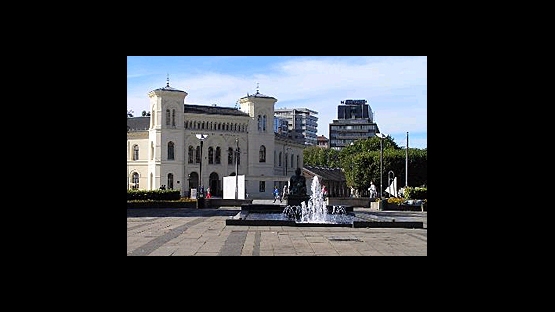National and international experts are meeting in Oslo this month to take stock of technical and other issues influencing global efforts to remove highly enriched uranium (HEU) from the world´s research reactors.
Nuclear research facilities such as research reactors and critical assemblies have played a central role in the development of peaceful uses of nuclear technology. Many of these facilities were established in the 1950s and 1960s and were originally fuelled with HEU, which can be processed and used to make a nuclear weapon.
Given the proliferation risks and the threat of nuclear terrorism, international activities have been undertaken in a number of countries to develop suitable low-enriched uranium (LEU). This type of fuel would allow research reactors to operate at high performance levels. Challenges include converting the facilities to use LEU fuel at good performance levels and to coordinate such initiatives internationally.
In Oslo from 17-20 June, the government of Norway, in cooperation with the IAEA, is hosting an international symposium to review where technical issues stand and the pace of progress. One objective is to establish international consensus on technical issues and associated implications concerning the replacement of HEU with LEU for various civilian uses. Another is to agree on the way forward for a more concerted international effort in the framework of existing international agreements, organisations and assistance programmes.
The Symposium will feature presentations on national policies and discussions on the technical questions involved with minimizing and eventually eliminating all civilian uses of HEU.
More than 100 research reactors around the world still run on weapons-grade HEU. The IAEA is working with its Member States to convert research reactors from HEU to using proliferation-resistant lower enriched fuel. International and national efforts have resulted in the full conversion of 33 research reactors as of June 2006.


